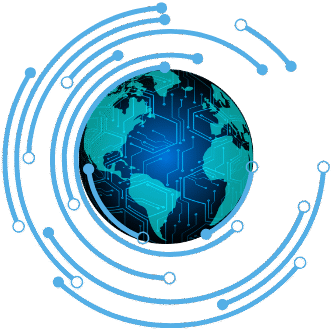Google is making headlines with its latest move to use YouTube videos to train its advanced AI models, Gemini and Veo 3. With a staggering catalog that includes over 20 billion YouTube videos, this development raises important questions about the implications for content creators and intellectual property rights.
The technology giant has confirmed that it leverages a subset of YouTube videos as training data for its AI models, emphasizing that it adheres to specific agreements with video creators. A YouTube spokesperson stated, “We’ve always used YouTube content to make our products better, and this hasn’t changed with the advent of AI.” However, the approach invites scrutiny over the trust and transparency between Google and its vast community of creators.
The massive scale of YouTube’s library—where even training on just 1% would mean 2.3 billion minutes of content—could intensify concerns about potential intellectual property crises. Many experts maintain that few creators are aware of how their work might be utilized to enhance AI systems. This lack of understanding raises the stakes regarding control and compensation for these creators.
As AI technologies rapidly advance, YouTube creators are increasingly concerned that they may unknowingly assist in developing algorithms that could ultimately compete with or even replace their work. The situation is compounded by YouTube’s terms of service, which grant the platform a broad license to use uploaded content. This essentially means creators are open to having their videos used in ways they might not fully comprehend, including training AI models.
“Many creators have put in significant time and energy into their videos,” noted Luke Arrigoni, CEO of Loti, a digital identity protection firm. He articulates a sentiment shared among creators: that their hard work is being converted into something that could undermine their market value. The fear of machines creating poor replicas of original content without giving proper credit or compensation is palpable.
Although YouTube has expressed its commitment to providing “robust protections” for creators, implementation remains a concern. Various voices within the creator community have expressed uncertainty regarding the efficacy of existing tools intended to help protect their likeness and content. For instance, legal frameworks have been slow to catch up with the rapid evolution of AI technology, leaving many creators vulnerable.
Interestingly, a measure of light exists in this rising tech tide. Some creators view the introduction of tools like Veo 3 as an opportunity for friendly competition. Sam Beres, a YouTube content creator with 10 million subscribers, noted, “I try to treat it as friendly competition more so than these are adversaries.” This perspective indicates an acknowledgment of the inevitable integration of AI in content creation while hoping to leverage it positively.
Another point of interest comes from YouTube’s partnership with the Creative Artists Agency, aimed at helping top creators manage AI-generated content that utilizes their likeness. This partnership is a step towards offering creators more agency over their work, although concerns remain about its actual impact.
As we assess Google’s extensive use of YouTube content for training AI models, there is a visible tension between technological advancement and the rights and recognition of individual creators. Legal experts and intellectual property professionals continue to note that the current landscape leaves many creators without a clear understanding of their rights. The rapid adoption of AI technologies isn’t just changing how content is created; it’s also redefining the very nature of authorship and ownership in the digital space.
The recent filing of a joint lawsuit by Walt Disney and Universal against AI image generator Midjourney underscores growing concerns in the entertainment industry about AI capability encroaching on human artistry and creativity. Senate discussions emphasize the urgency for powerful rights to safeguard individual creators’ images and work.
In summary, Google’s decision to utilize its extensive library of YouTube videos for training AI models like Gemini and Veo 3 signifies a pivotal moment in the intersection of technology and creativity. While advancements in AI present opportunities, they also call for a critical examination of ethical frameworks, rights protection, and transparency. As this narrative unfolds, the dialogue around creator rights and AI usage will undoubtedly shape the future of digital content creation, making it crucial for all stakeholders—creators, companies, and lawmakers—to engage in meaningful discussions about the direction this technology is headed.
Source link










